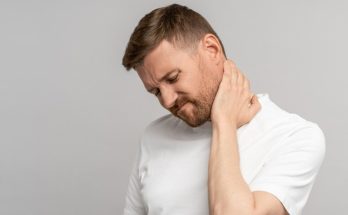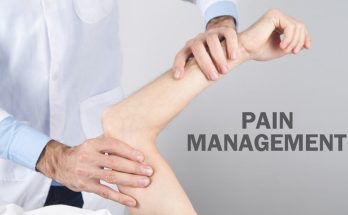Footwear plays a pivotal role in the body’s alignment and overall health. Often overlooked, the type of shoes one wears can significantly impact posture and contribute to back pain in Omaha. Selecting appropriate footwear is crucial to prevent discomfort and long-term health issues. This article delves into how footwear influences back health and provides practical tips for choosing the right shoes.
How Footwear Affects Back Health
Shoes are not just a fashion statement. They provide the necessary support to the feet, which inevitably affects the spine and back muscles. Wearing unsuitable or poorly fitted shoes can lead to a range of problems, including poor posture and muscle strain. Understanding stiff back conditions often reveals that inappropriate footwear is a significant factor behind muscle tightness in your back. Additionally, shoes with insufficient cushioning or high heels can cause the spine to misalign, leading to immense pressure on the lower back.
Choosing the Right Footwear
Selecting the right shoes involves more than just picking a stylish pair. Shoes should offer sufficient arch support, be comfortable, and fit well. Over time, wearing shoes without proper support can exacerbate existing conditions or even create new issues. Here are some points to consider:
- Arch Support: Without good arch support, the feet may roll inward or outward, causing imbalance and strain on the back.
- Heel Height: High heels might look fashionable, but they tilt the pelvis forward, leading to hyperlordosis and additional stress on the lower back.
- Cushioning: Adequate cushioning helps in absorbing the impact forces when walking or running, protecting the back from undue stress.
- Fit: Ill-fitting shoes can affect the availability of natural foot movement, resulting in compensatory patterns that strain the back.
Effects of Poor Footwear Choices
Neglecting the importance of proper footwear can lead to a variety of back-related issues, ranging from mild discomfort to severe, debilitating pain. Wearing the wrong shoes can result in conditions such as plantar fasciitis, herniated discs, and muscle tightness. It’s crucial to recognize the signs that back pain is an emergency requiring immediate attention, particularly when linked to footwear. Addressing these pain triggers early is essential to prevent long-term damage.
Conclusion
Understanding the intricate link between footwear and back pain empowers individuals to make informed choices about their shoes. Proper footwear helps in maintaining a good posture, reducing strain on the back, and preventing various health issues linked to poor shoe choices. Investing in the right shoes is akin to investing in overall health. Ensure your footwear is more than just a style statement; make it a step toward a healthier back.
Frequently Asked Questions
Q1: Can replacing my shoes alone improve my back pain?
A1: While replacing shoes is an excellent first step, it may not suffice. Consult a medical professional for comprehensive care.
Q2: Are there specific brands known for providing good back support?
A2: Many brands offer shoes with excellent back support. Research and try different brands to find the best fit for your needs.
Q3: How often should I replace my shoes to prevent back pain?
A3: It is generally advisable to replace everyday footwear every 6-12 months, depending on the wear and tear.




